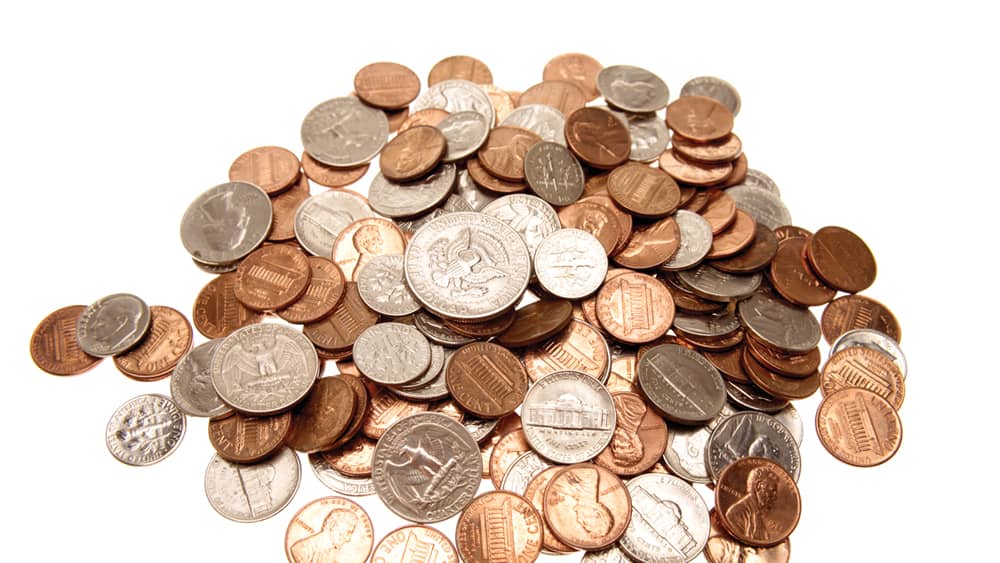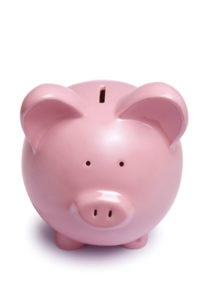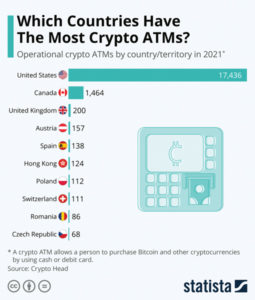
Allowance: Teaching Financial Literacy to Kids
By the time your child finishes college, chances are he (or she) will have racked up more than $5,000 of credit-card debt. By then, it’s too late to offer up a sound lesson in financial literacy. It’s important to introduce the concept of money early. Letting kids manage an allowance teaches them to think in terms of choices, alternatives and consequences. Here are some tips to help parents navigate allowance, age by age.
The beginning: Age 5 or 6. Introduce allowance when you think your child is ready, which is usually around age 5 or 6. The age will differ for every child, so no need to force the issue. 
Working for more: Age 7 and up. Experts advise not tying allowance to household chores, behavior, or grades (as an award or punishment). Doing so makes it a disciplinary tool, rather than a teaching tool. Similarly, your children should do regular chores and behave appropriately because they’re members of the family, and they should work at their grades so they’re motivated by a will to learn and succeed, not to make a few extra bucks. That said, there’s nothing wrong with kids earning extra money for extra tasks (beyond regular daily/weekly chores), just as they might when their teens with summer jobs.
Giving a Raise: Age 10 or 11. So how much allowance is appropriate? Generally, 50 cents to $1 for every year of age, on a weekly basis, is reasonable. For example, a 10-year-old would receive $5 to $10 a week. As your children grow, so should their responsibility for their own discretionary spending. Keep track of what you spend on each child for a couple of weeks. Then choose one or two nonessential items that you will cease paying for, such as gum, after-school snacks, video games, or app purchases. Additionally, give your children enough money to make their own choices, but don’t bail them out if they get buyer’s remorse. Giving children extra money when they run out only undermines your efforts and removes the incentive to learn how to manage money.
Helpful Tools: Age 13 and up. Consider opening a prepaid debit card for your child so they can manage funds online. Deposit allowance there every week onto a special card created for that purpose. Visa Buxx and the Allow card from Master Card, both targeted to kids age 13 and older, allow you to open a card in your child’s name and to load a preset amount of money onto the card. Your child can withdraw money from an ATM, make purchases online and get up-to-the-minute balance information.
scholastic.com
Coins on the Rise
The coin circulation is slowly improving since the pandemic, but there’s still plenty of work to do. Currently, about $48.5 billion in coins are in circulation across the country, but the issue remains that coins are still failing to reach stores, banks and other vendors who use said coins for day-to-day transactions. While many customers are using other forms of payment, like debit and credit cards, small, cash-dependent businesses are still working to increase their coin volumes. It came to a point during the pandemic where certain businesses had to request customers to pay in exact change or be forced to use another form of payment.
While the U.S. Mint has since increased its coin production by 24% since 2019, the U.S. Department of the Treasury wants it to be clear the coin shortage seen currently is not from a lack of coins or certain coins being slowly removed from production, but the lack of use from customers.
Thirty-eight percent of customers are using credit cards, followed by 29% using debit cards, while using cash as payment stands as a distant third option at just 12%. With fewer people using cash, the circulation slows, causing a shortage for certain businesses. The stark contrast in percentages comes from both increased accessibility from other forms of payment and the pandemic forcing consumers to use contactless payment options.
Source: Statista
U.S. Leads in Crypto ATMs

The U.S. is the world’s most crypto-ready country in the world with nearly 17,500 ATMs dedicated to cryptocurrency, 15,972 more than the next closest country, Canada, according to Crypto Head. A crypto ATM is a physical device that allows people to buy cryptocurrencies with cash or with a debit/credit card. Some are even bi-directional and buy acquired digital currencies for cash. According to this data, the U.S. is not only prepared but embracing the exchange of virtual currency as a form of payment. The U.S. scored a 7.3 out of 10 in the Crypto Head ranking.
While crypto remains the exciting new form of currency to invest in, concerns over using this system to launder money remain relevant. Canada, home of the first cryptocurrency ATM, is mulling over the idea of banning them altogether due to money laundering schemes.
Financial Fallout
The pandemic’s financial fallout burst the bubble for the chewing gum industry, which has only recently bounced back from a slump in sales.
Chewing gum sales were in a two-year decline prior to the spread of COVID-19, however as mask mandates were imposed, the demand for gum plummeted. As the mandates lifted, the demand for fresh breath returned. 
As the world rebounded and reopened, Americans purchased 15 million more packs of gum in May 2021 than in January 2021. According to industry insiders, consumer mobility is a major factor in sales, as most “typical gum consumption moments” take place while commuting to work and hitting the town for a night out.
With masks coming off and people venturing outside, gum sales have recovered, according to data by NielsenIQ, figures rose 23% from a year ago.
sources: foodvie.com; NielsenIQ



